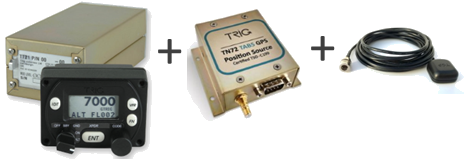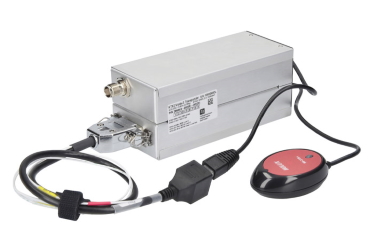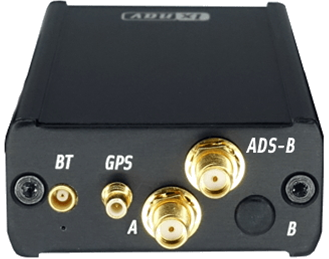Understanding Transponders and ADSB
What is a Transponder?
A transponder is a device used to provide an aircraft’s position while transmitting altitude (Mode C) and identity (Mode S), when it receives an interrogation signal from a ground radar.
Why consider a transponder for my glider?
Flying with a transponder in your glider will increase your conspicuity to air traffic services, this allows them to have a better idea of what type of aircraft you are and thus what your intentions are likely to be, it also gives them better position data along with altitude data and increases your conspicuity to other aircraft with TCAS or PCAS systems onboard.
In addition to the above, flying with a transponder will likely increase your chances of being granted zone transits through controlled airspace by air traffic services. They will have much better position and altitude data for you and as such they can be more confident of maintaining separation around you and as a result, will be more likely to permit you through their zone. It is best to speak to an experienced cross country pilot at your club to get an idea of how useful a transponder will be for getting zone transits through local airspace.
What is the difference between Class 1 and Class 2?
Class 1 transponders are more powerful. This means they increase your conspicuity to ground radar stations when flying for long periods at higher altitudes (15,000ft +). For most glider pilots, a class 2 transponder will be sufficient and will require slightly less power from your batteries.
What is ADSB?
ADS-B Out allows an aircraft to broadcast its GPS position, enabling tracking from the ground or another aircraft without an interrogation signal.
Automatic - transmissions made without interrogation from ground radar
Dependent - requires a position source onboard the aircraft (GPS)
Surveillance - provides radar-like surveillance
Broadcast - continually transmits position data
Why should I consider ADSB?
ADS-B In - allows you to see the exact position and altitude of aircraft equipped with ADS-B Out.
ADS-B In also provides PCAS - proximity warnings for transponder equipped aircraft, transmitting on Mode S, without ADS-B. This shows range and difference in altitude without a relative bearing indication.
Our most popular ADSB-out setups:
- TRIG TT21 transponder + TRIG TN72 GPS receiver + TRIG TA50 Antenna - certified setup and visible on all ADSB-in devices.

Click here for more information

- TQ KTX2 + ADSB-out package - not certified
Alternative ADSB-out option and a note on ADSB-out certification:
In many modern transponder units, you can often wire in an existing GPS source within your aicraft (e.g an LX90xx/LX80xx or FLARM) to provide GPS data to the transponder to broadcast ADSB-out. There is a limitation in doing this: this GPS unit is not 'certified' and as such some ADSB-in devices (particularly some modern GA avionics) will filter out the ADSB information and not display the aircraft broadcasting in the cockpit.
To ensure maximum visibility to all ADSB-in devices, one should consider the TRIG setup mentioned above.
Our most popular ADSB-in setups:
- LXNAV Powermouse FLARM with the ADSB-in module option

- LXNAV LX90xx/LX80xx series with built in PowerFLARM and ADSB-in module